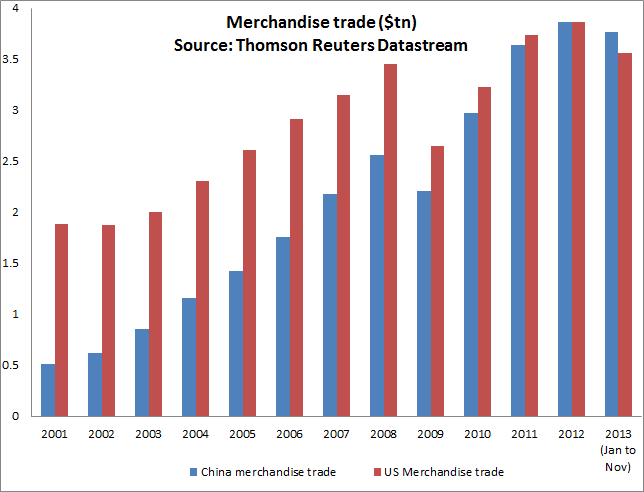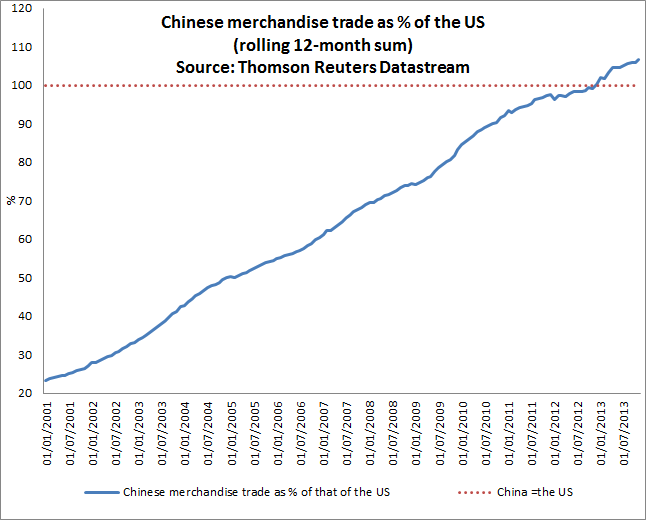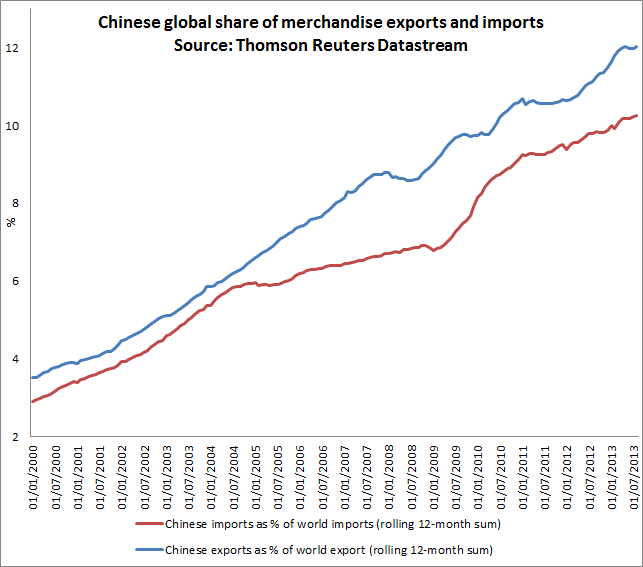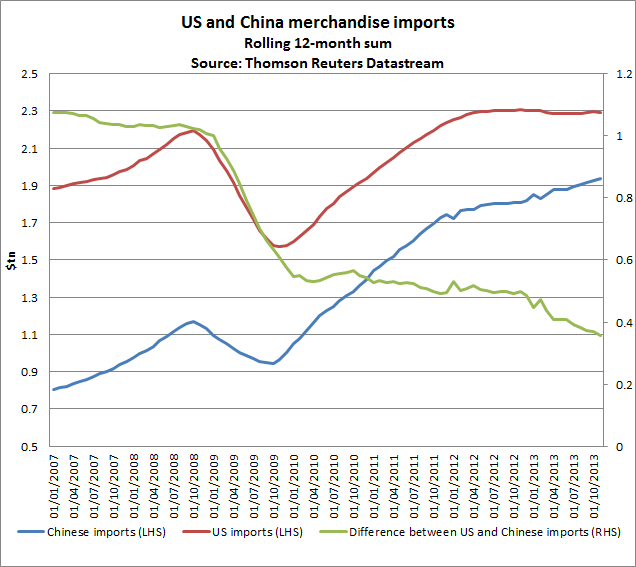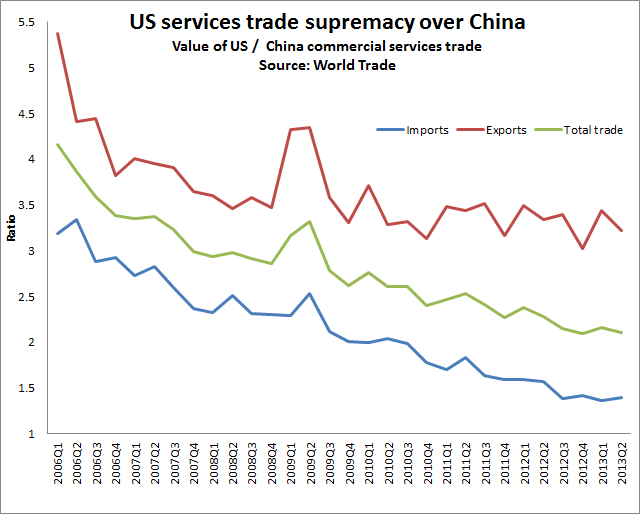- Reaction score
- 0
- Points
- 360
"Tiger Mom" in the news again, and she doesn't disappoint in creating an uproar:
National Post
National Post
Tiger Mom sparks uproar with new theory on which cultures are destined for success
Tiger Mom’s claim that cultures blessed with ‘triple package’ get ahead in America sparks uproar
Amy Chua, the self-professed Tiger Mom who courted controversy with her bestselling book touting the superiority of Chinese mothers, is stirring a much bigger pot this time: Her new book claims that a short list of cultural groups outperform others in America.
In the book, Ms. Chua and co-author/husband Jed Rubenfeld — both law professors at Yale — name eight groups whose members have risen to the ranks of the rich and smart and powerful.
Mormons, they write, have recently experienced “astonishing business success.” Cubans in Miami, they say, have “climbed from poverty to prosperity in a generation.” They point to the stunningly high number of Nigerians who earn doctorate degrees, and to the extraordinarily high incomes of Jewish Americans. Also making the list: Indian-, Chinese-, Iranian- and Lebanese-Americans.
In the book, Ms. Chua and co-author/husband Jed Rubenfeld — both law professors at Yale — name eight groups whose members have risen to the ranks of the rich and smart and powerful.
These groups boast the ‘‘triple package’’: superiority, insecurity and impulse control.
“That certain groups do much better in America than others—as measured by income, occupational status, test scores, and so on — is difficult to talk about,” they write. “In large part this is because the topic feels racially charged.”
The inference that all other groups are somehow lesser — and the sweeping categorization of ‘‘groups’’ by cultural background or immigrant status — has rankled critics, who dismiss the book and its arguments as shock bait, an irresponsible festival of stereotypes that doesn’t account for fundamental inequalities that date back generations.
“The message of Chua’s book is based on a fairytale, an ahistorical view of the world where the playing field is even,” wrote ChangeLab blogger Soya Jung. “It asks us to forget that the present is built upon the past, that the real and brutal terrain of American enterprise is rife with racial bluffs and potholes forged over centuries.”
Both authors happen to belong to the superior groups, New York Post reviewer Maureen Callaghan wryly pointed out.
Asked about the controversy on Monday, sociologists and anthropologists said that despite its merits, the discussion of cultural difference inevitably becomes a minefield of assumptions, stereotypes and political correctness, especially when considered in the Western context.
(...)



